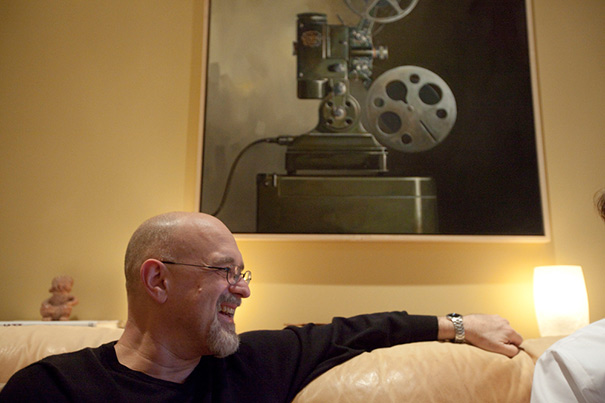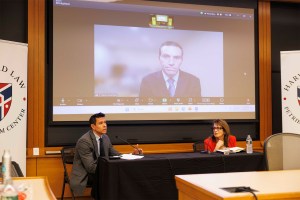Science & Tech
-

Harsh past might bare its teeth
Early adversity leads to higher aggression and fearfulness in adult canines, study says

-
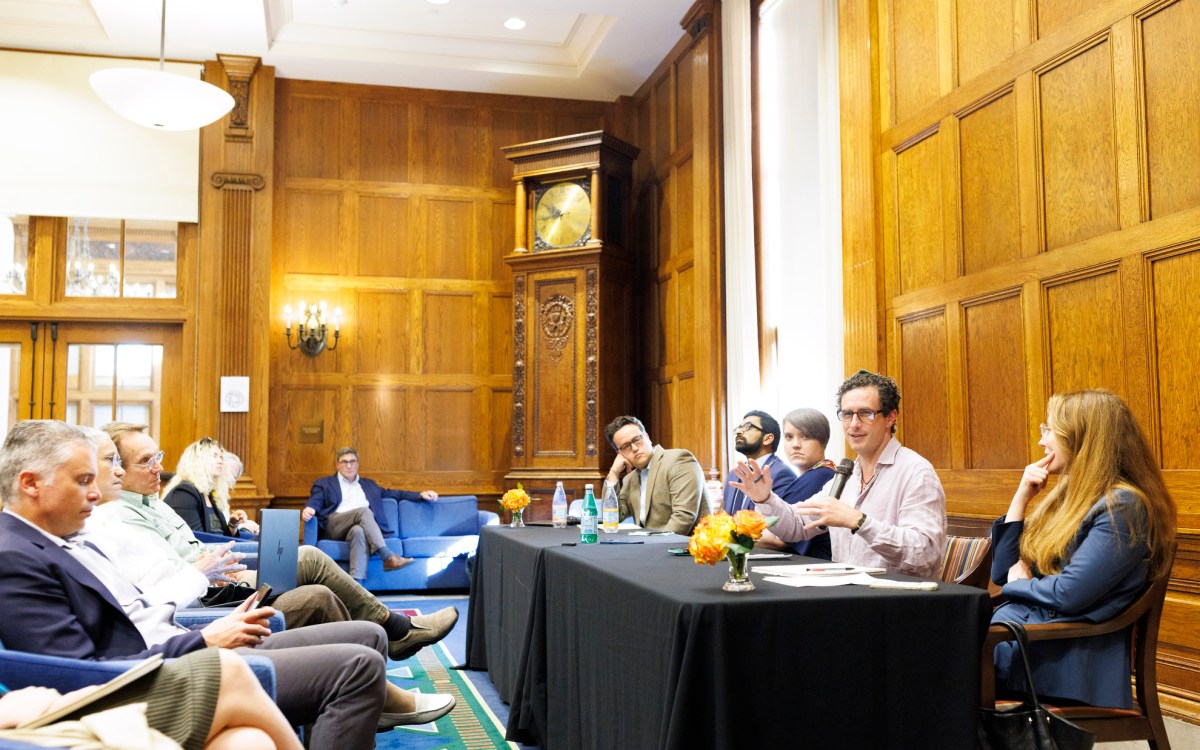
What will AI mean for humanity?
Scholars from range of disciplines see red flags, possibilities ahead
-
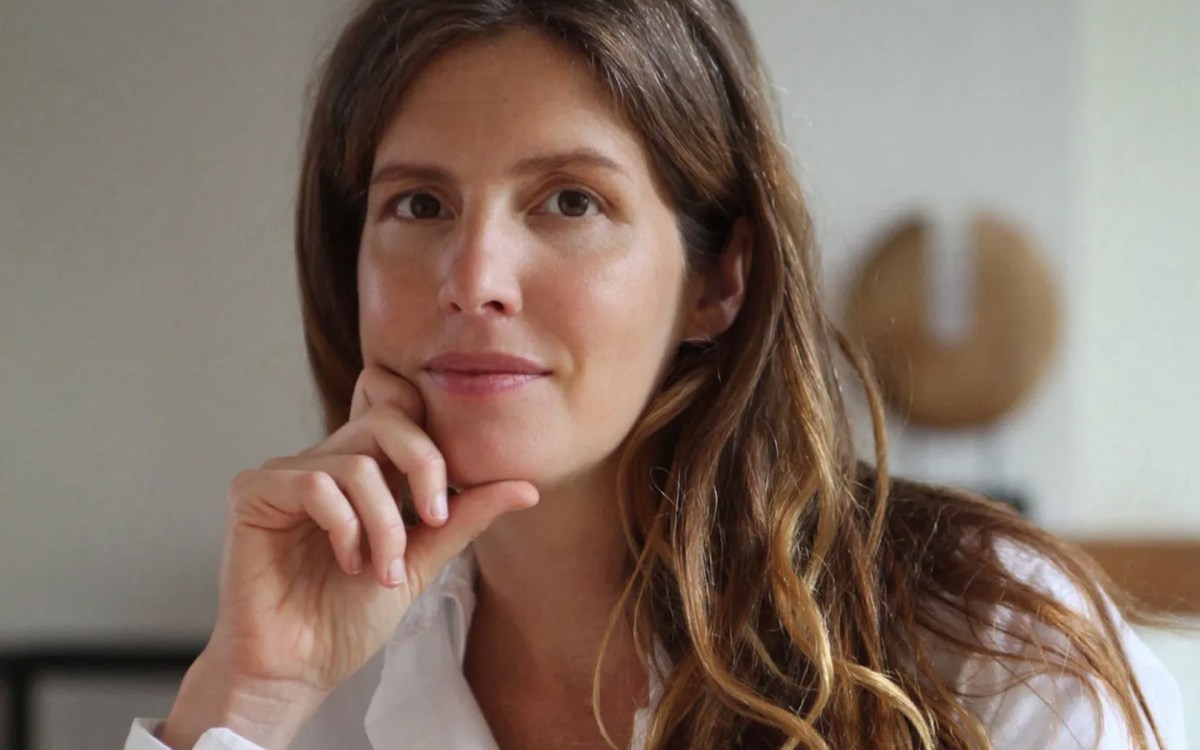
‘Human exceptionalism is at the root of the ecological crisis’
Saving the planet requires getting over ourselves, argues author of ‘The Arrogant Ape’
-
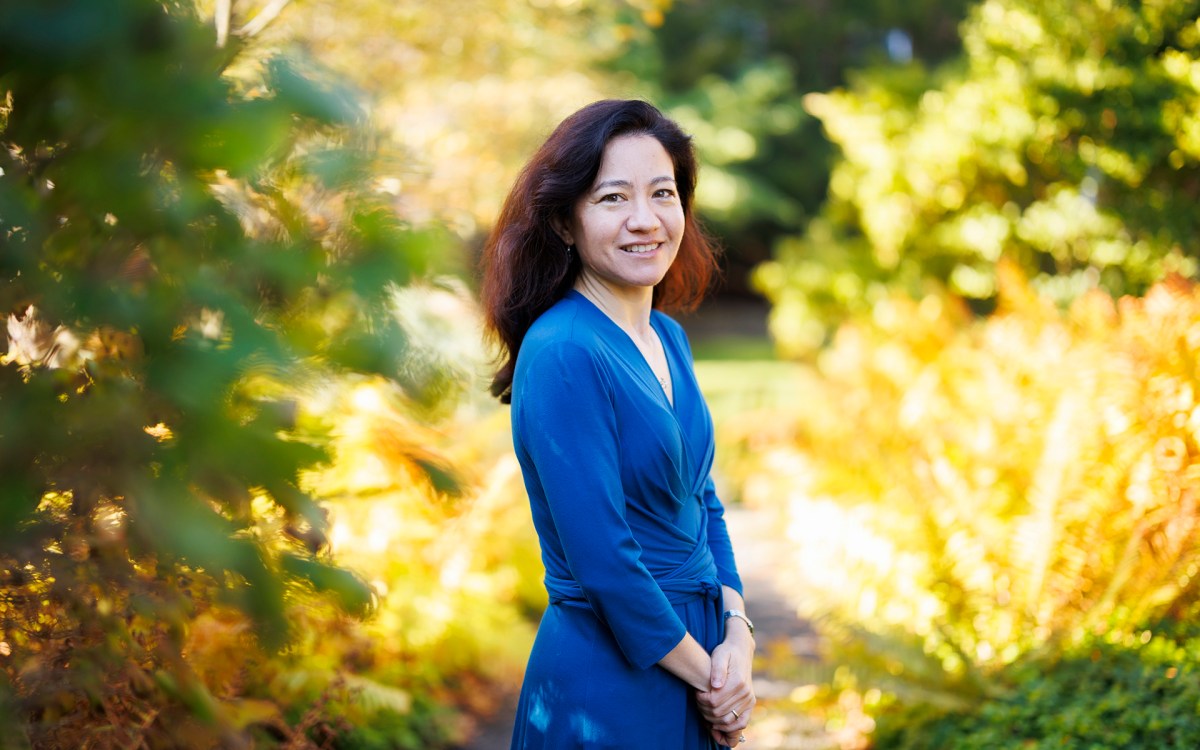
Lauren Williams awarded MacArthur ‘genius grant’
Math professor honored for theoretical breakthroughs with sometimes surprising applications across phenomena such as tsunamis, traffic
-
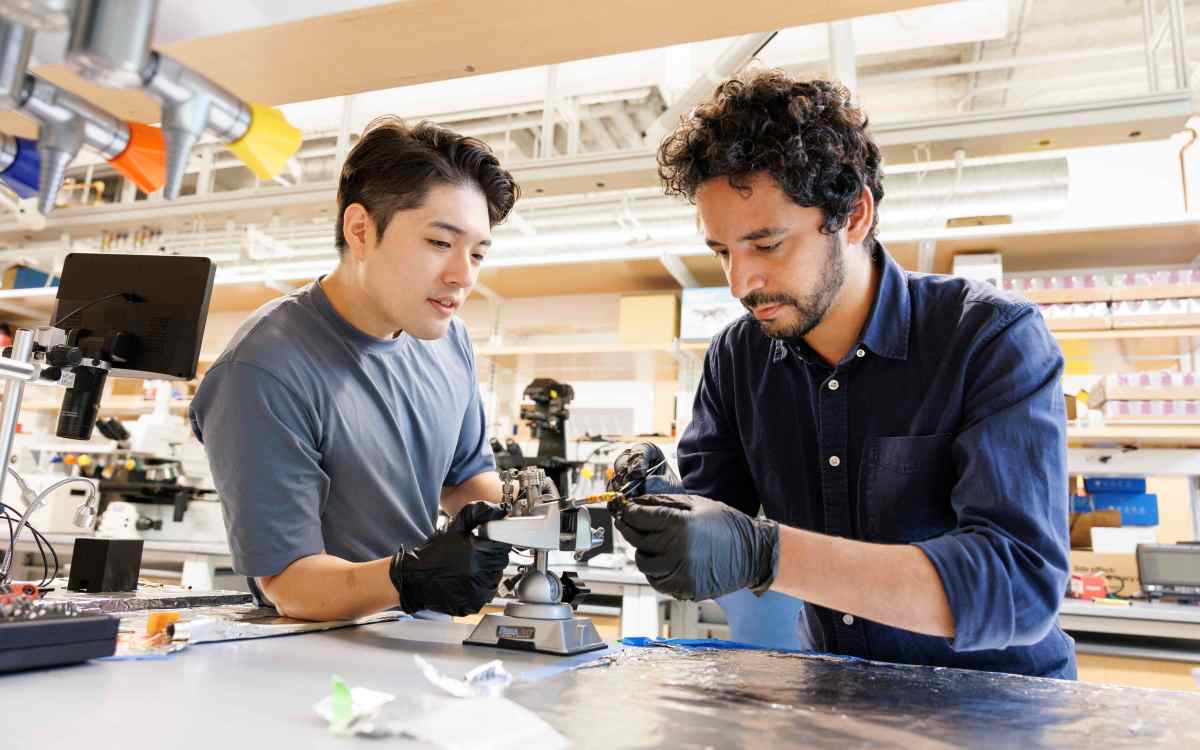
-
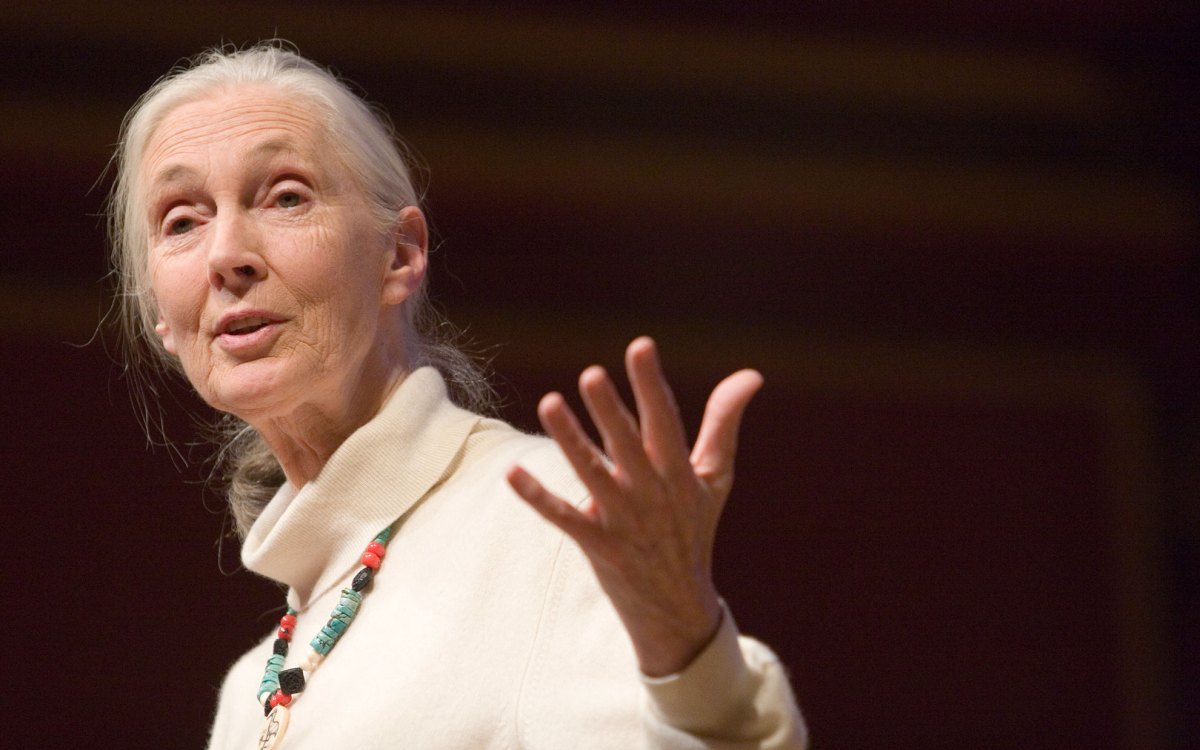
‘She had a sense of caring for everybody that she encountered.’
Richard Wrangham remembers his teacher and colleague Jane Goodall as a force of science, empathy, and hope
-
Robotic insects make first controlled flight
The demonstration of the first controlled flight of an insect-sized robot is the culmination of more than a decade’s work, led by researchers at the Harvard School of Engineering and Applied Sciences and the Wyss Institute for Biologically Inspired Engineering at Harvard.
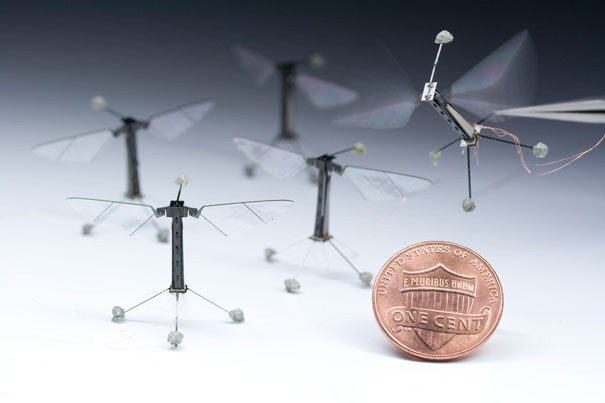
-
Understanding student weaknesses
As part of an unusual study that surveyed 181 middle school physical science teachers and nearly 10,000 students, researchers found that the most successful teachers were those who knew what students would get wrong on standardized tests.

-
Seeking fairness in ads
Latanya Sweeney, Harvard professor of government and technology in residence, wants to add a new factor to the weighting Google uses when delivering online ads, one that measures bias. In a new paper, she describes how such a calculation could be built into the ad-delivery algorithm Google uses.
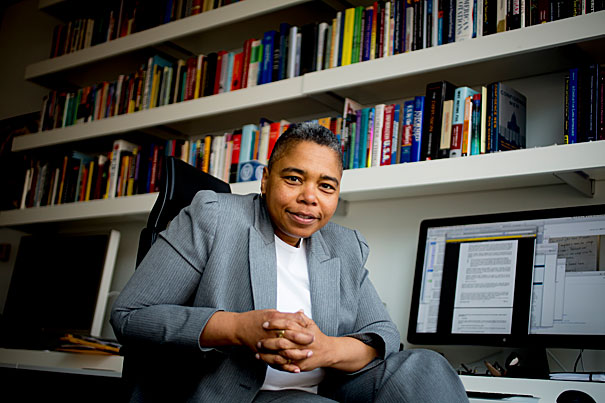
-
Science in service
Teams of students from “Engineering Sciences 20: How to Create Things and Have Them Matter” in the Harvard School of Engineering and Applied Sciences are working to create unusual products that are designed to change the world.
-
The problem with predictions
People would like to predict the future, says author and mathematician David Orrell, but it remains quite a difficult thing to do, even with lots of data at hand.

-
Robot hands gain a gentler touch
Researchers at the Harvard School of Engineering and Applied Sciences have developed an inexpensive tactile sensor for robotic hands that is sensitive enough to turn a brute machine into a dexterous manipulator.
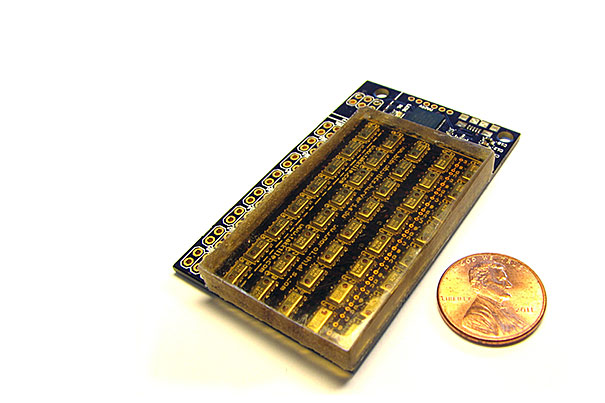
-
Insignificant, with a lousy future
Theoretical physicist Lawrence Krauss described a universe with mysterious particles popping in and out of existence, in which the discoveries of dark energy and dark matter have made mankind more insignificant than ever.
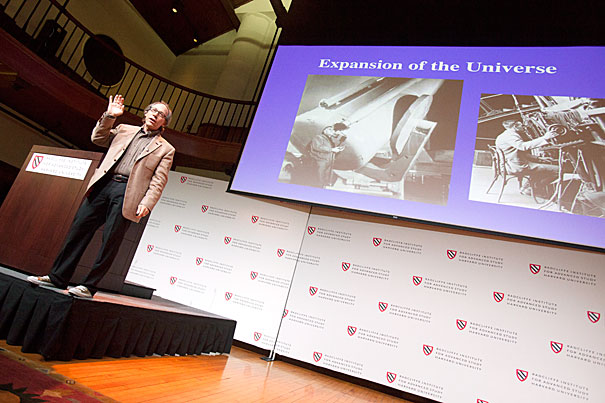
-
Pitcher plants provide tipping point
New research out of the Harvard Forest offers insight on exactly when the tipping point occurs that can disrupt the intricate web of life in a lake.
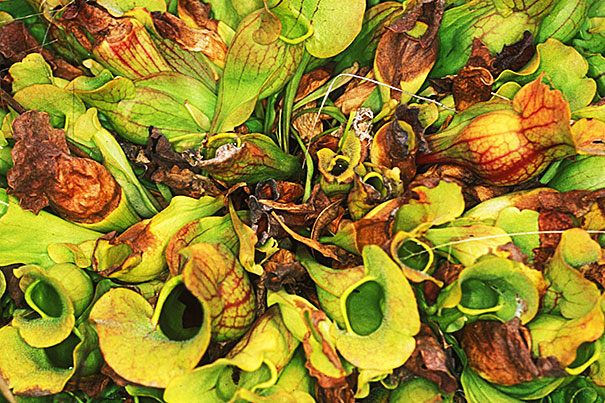
-
Earth feels impact of middle class
The rise of the middle class is a bigger environmental challenge than the rising global population, according to Sir David King, the former science adviser to the British government, who urged the adoption of sustainable development as a way to manage growing global demands in a finite world.
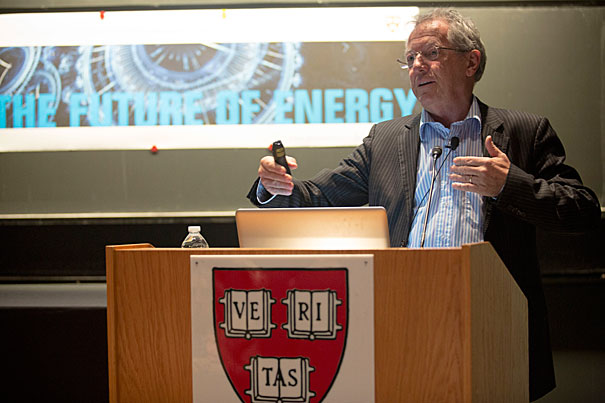
-
Water worlds surface
Astronomers have found a planetary system orbiting the star Kepler-62. This five-planet system has two worlds in the habitable zone — the distance from their star at which they receive enough light and warmth for liquid water to theoretically exist on their surfaces.

-
Putting the stars within reach
Two communications specialists at the Chandra X-Ray Observatory have authored a guide to the universe, aiming to show people around a universe they say belongs to us all.
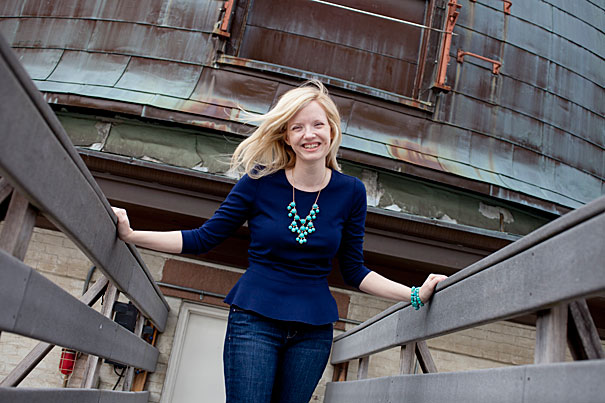
-
Warmth across 600 years
Harvard researchers are adding nuance to our understanding of how modern and historical temperatures compare.
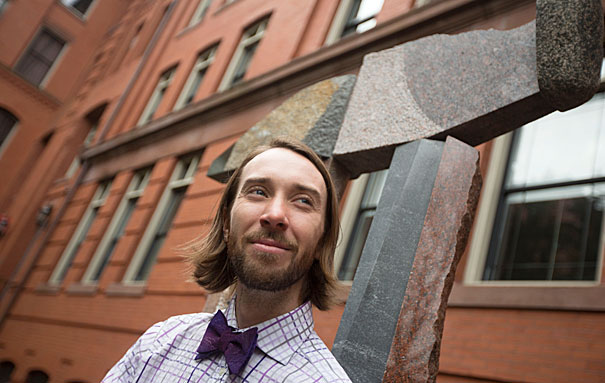
-
Stars align at astronomy reunion
Harvard astronomers past and present gathered in Cambridge Friday (April 5) for the first-ever reunion of the Harvard Astronomy Department.
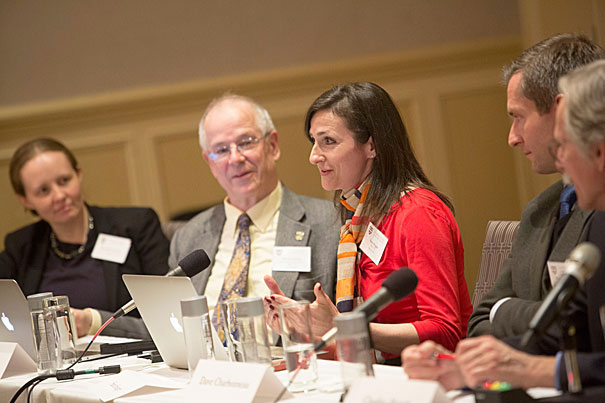
-
Fine-tuning online education
Andrew Ho, research director of HarvardX and an assistant professor at the Harvard Graduate School of Education, spoke with the Gazette about a recent study that found that interspersing online lectures with short tests improved student performance.
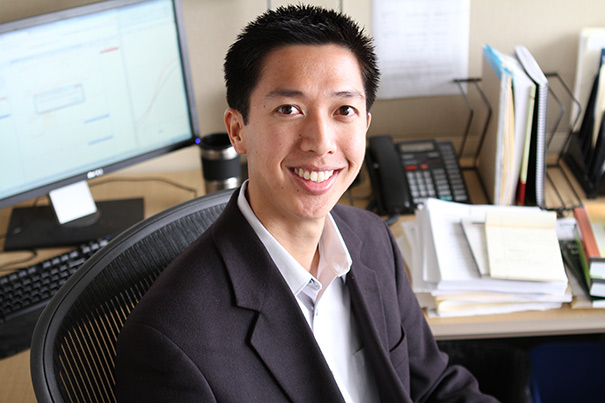
-
Lessons from the long-lived
A gerontologist researcher says his work allows him to connect with “vibrant, engaged, healthy, exciting, and active older people.” He says they live more in the now than other people might believe, and value that.
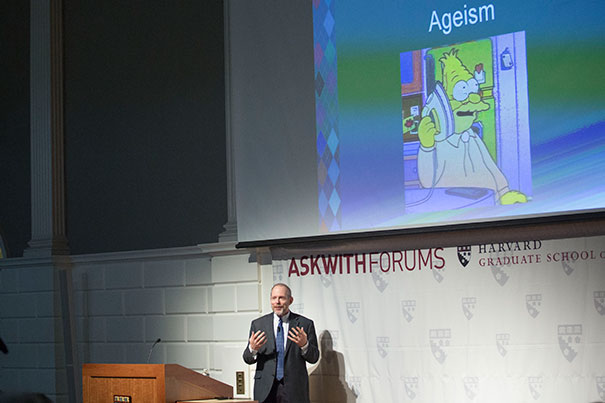
-
Online learning: It’s different
By interspersing online lectures with short tests, student mind-wandering decreased by half, note-taking tripled, and overall retention of the material improved, said Daniel Schacter, the William R. Kenan Jr. Professor of Psychology, and Karl Szpunar, a postdoctoral fellow in psychology.
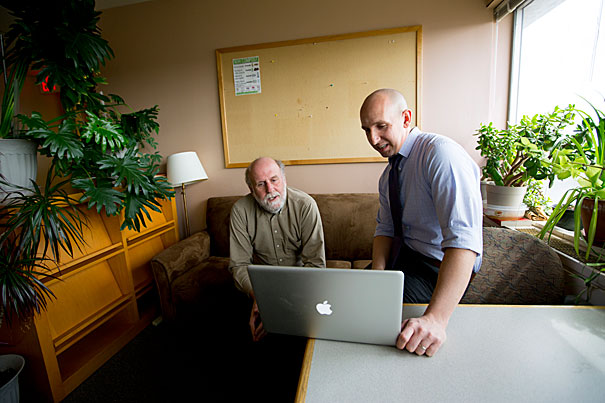
-
Evolutionary oomph
Scientists may soon be able to turn to one of the most powerful forces in biology — evolution — to help in their quest to develop new synthetic polymers.
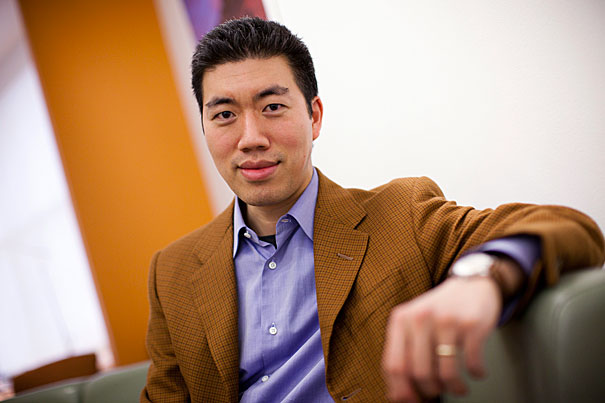
-
Tweaking the universe
In a question-and-answer session, Harvard astronomy chair Avi Loeb explains the new data from the European Space Agency’s Planck satellite.
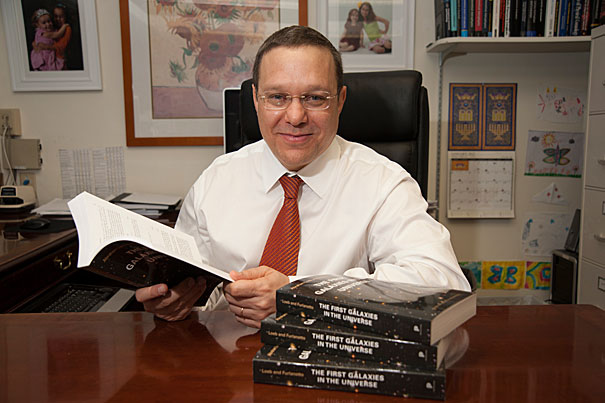
-
Space and climate change
A lecturer from the Harvard-Smithsonian Center for Astrophysics says that “dark clouds of gas and dust have the potential to alter Earth’s climate.
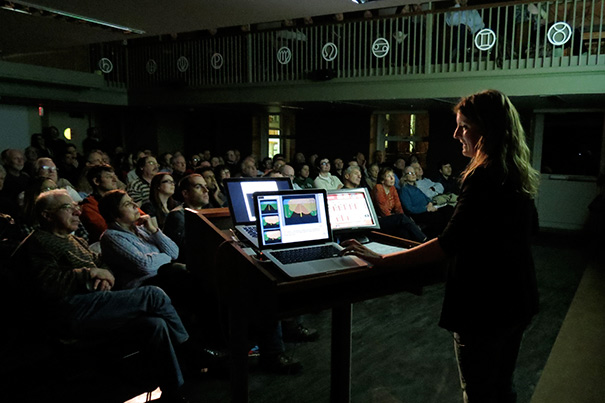
-
Sharper view of matter
In a breakthrough that could one day yield important clues about the nature of matter itself, a team of Harvard scientists has measured the magnetic charge of single particles of matter and antimatter with unprecedented precision.
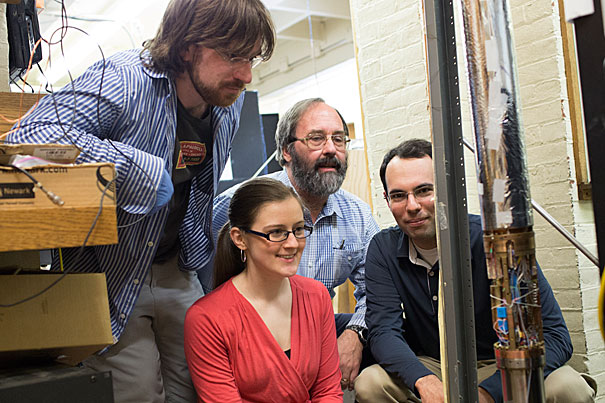
-
The power of ‘thanks’
In “Sidetracked: Why Our Decisions Get Derailed, and How We Can Stick to the Plan,” Francesca Gino, an associate professor at Harvard Business School, explores a range of fascinating subjects, including how emotions influence decisions and the often-thorny matter of understanding the perspectives of others. Blending social science and real-world examples, Gino’s book also highlights the science of gratitude.
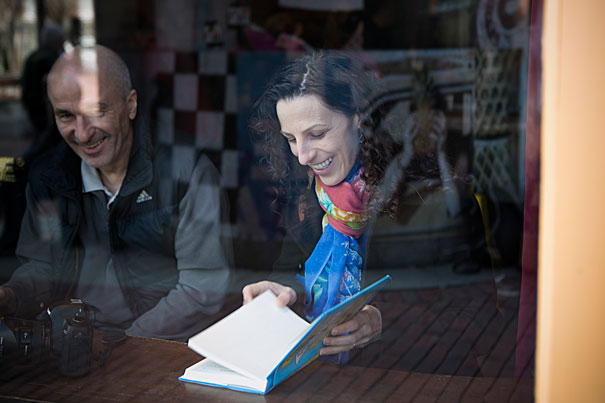
-
A vision of floating cities
With the world’s sea levels rising and posing a long-term threat to coastal cities, Nigerian architect Kunlé Adeyemi suggests building houses that float, but, taken together, still function as a community.

-
Austin sees Crimson
Stamping Harvard’s digital presence on the South by Southwest Interactive Festival, more than 250 alumni, students, faculty, and guests convened on Icenhauer’s for the second annual Digital Harvard in Austin at SXSW, hosted by the Harvard Alumni Association.
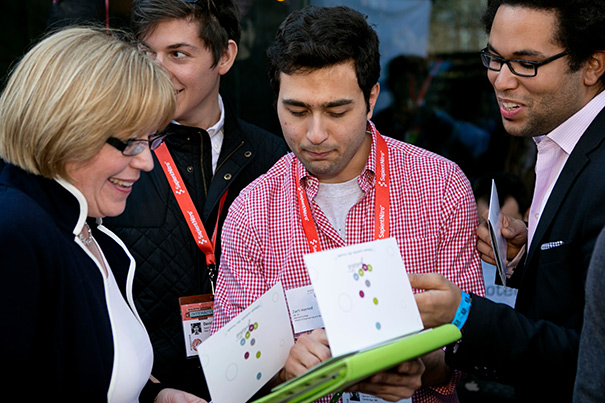
-
Dimensions of ancient Egypt
The Temple of Amun-Ra at Karnak isn’t the most famous ancient site in Egypt — that honor goes to the Pyramids at Giza — but newly developed reconstructions using 3-D virtual reality modeling make clear its architectural importance and rich history.
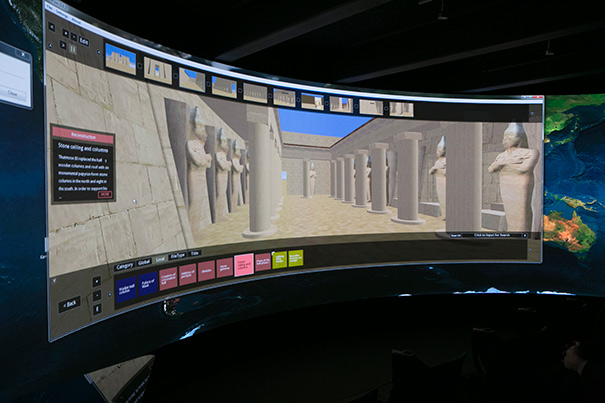
-
Higher education on the move
In online education, the future is now. That was an overriding message Harvard and MIT hosted a summit on March 3 and 4 titled “Online Learning and the Future of Residential Education.”
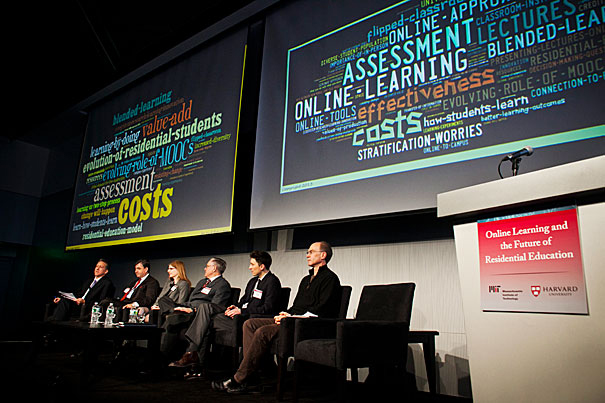
-
Alpha, beta, Zeega
Three Harvard affiliates are launching Zeega, a software platform that makes it easy for Internet storytellers to blend audio, images, and text from the riches of the Web.

-
Schoolyard scourge
Scholars convened at the Harvard Graduate School of Education to explore the topic of bullying and potential ways forward.
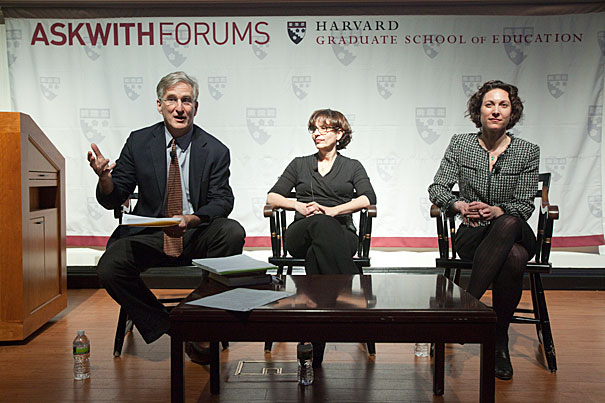
-
A learner’s guide to the universe
Harvard’s Avi Loeb is helping prepare the next generation of astronomers with a new textbook, “The First Galaxies in the Universe.”
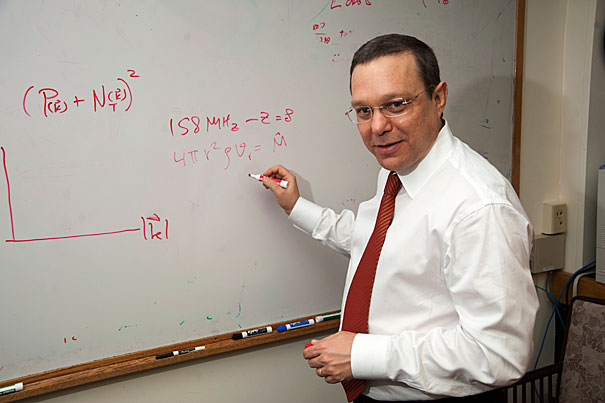
-
Peering into our blind spots
Harvard psychologist Mahzarin Banaji and longtime collaborator Anthony Greenwald condense three decades of work on the unconscious mind in “Blindspot: Hidden Biases of Good People.”

-
Money, marriage, kids
There may be a formula for happiness after all, says Daniel Gilbert, Harvard professor of psychology and best-selling author of “Stumbling on Happiness,” who presented an impressive array of scientific research from the disciplines of economics, psychology, and neuroscience to assess his mother’s recipe for happiness.
